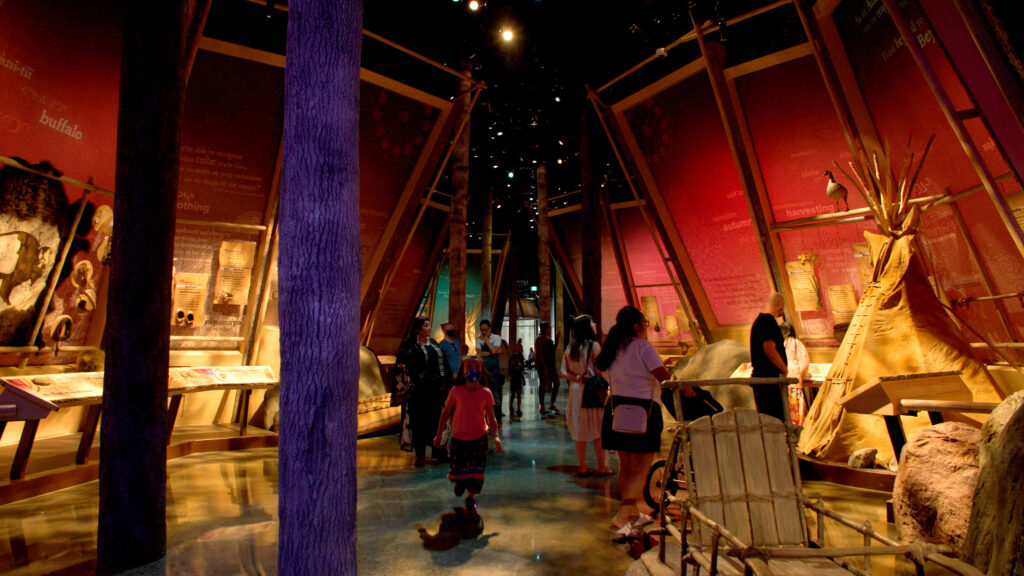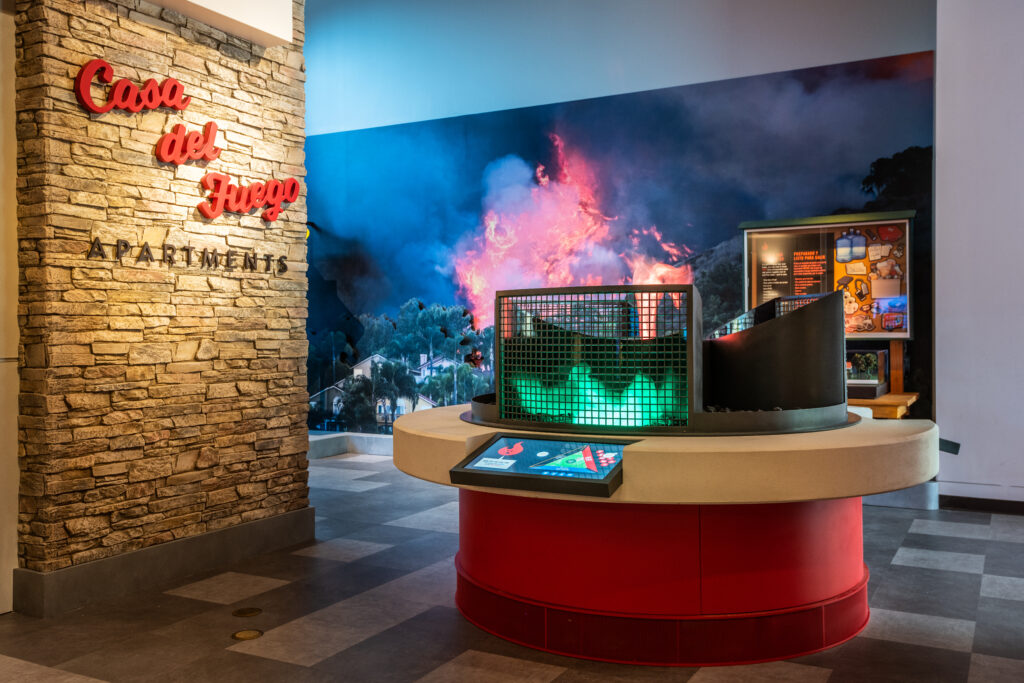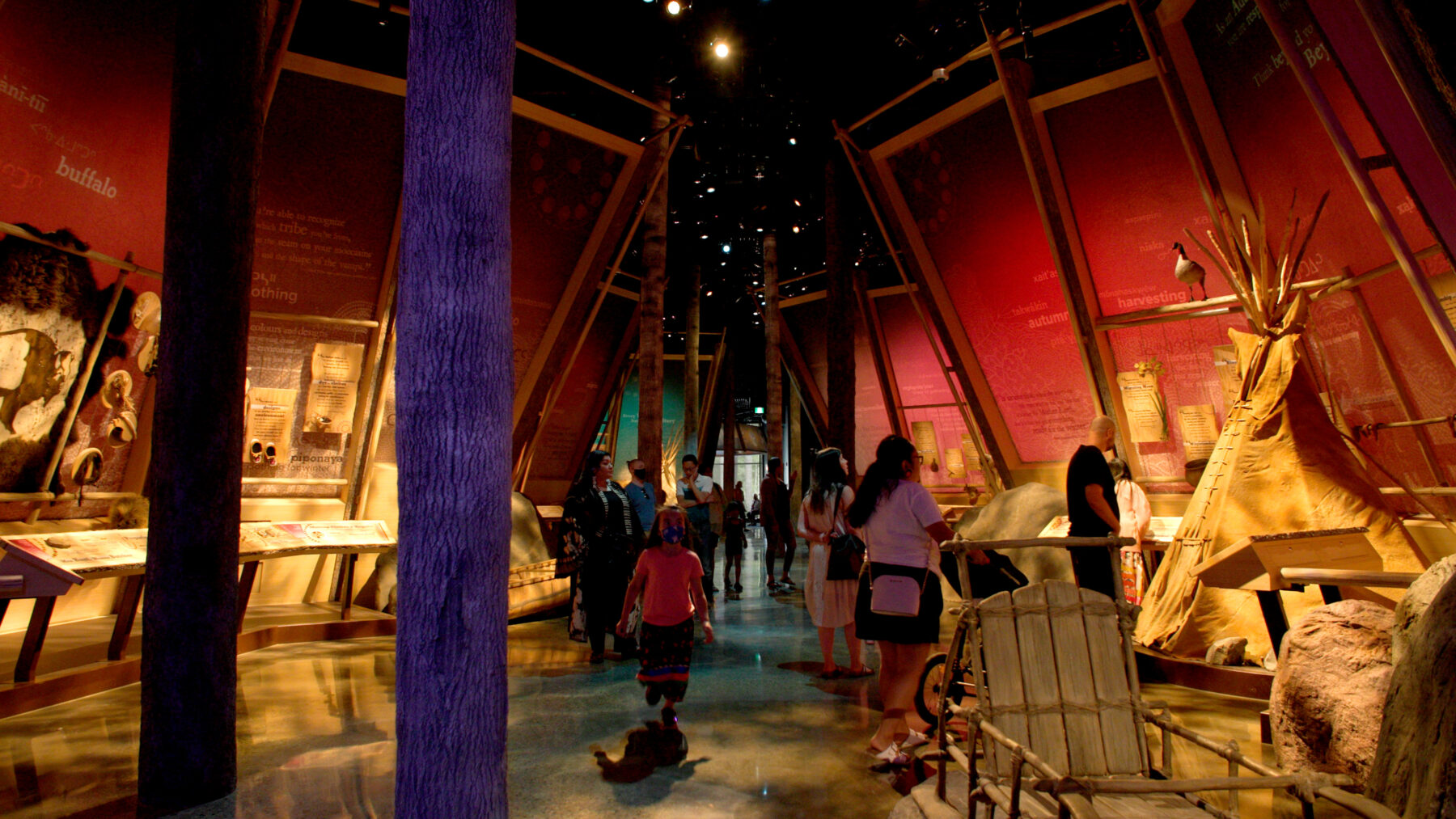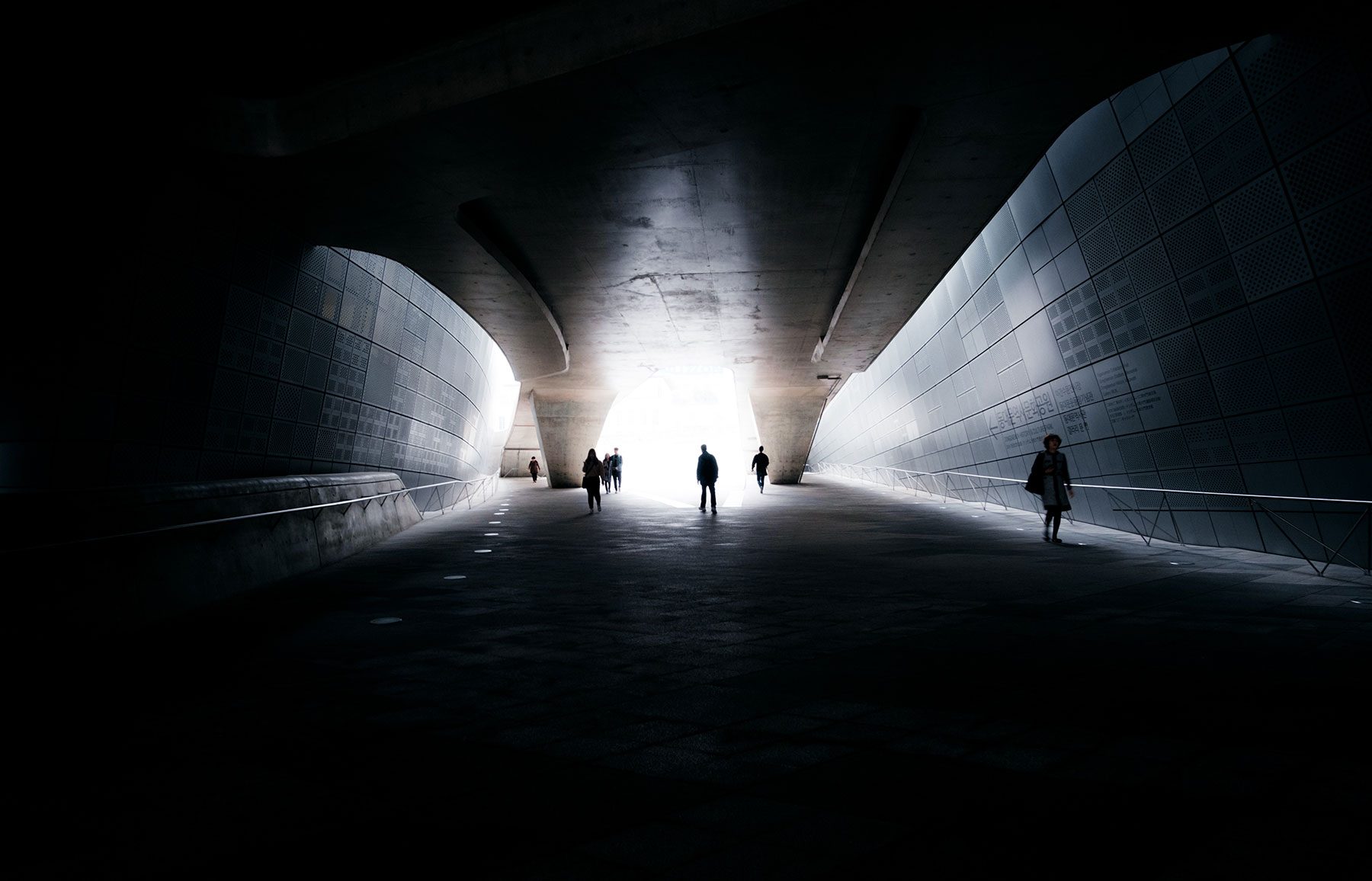Progressive Design-Build: A Specialized Approach for Special Projects
When it comes to the development, redevelopment, and expansion of attractions, there are well-established and widely-utilized design and development phases for traditional themed entertainment projects. That said, the same phases may not apply or make sense for atypical, smaller, or new market projects with differing sets of parameters. In the case of these highly specialized […]
When it comes to the development, redevelopment, and expansion of attractions, there are well-established and widely-utilized design and development phases for traditional themed entertainment projects. That said, the same phases may not apply or make sense for atypical, smaller, or new market projects with differing sets of parameters. In the case of these highly specialized or outlier projects, using a bespoke Progressive Design-Build approach can help scale, set clear expectations, maximize efficiency, and align ambition and budget.
‘Special projects’ that may benefit from this approach include:
Short-term events like music festivals (such as Second Sky) or temporary seasonal attractions (like The Elf on the Shelf’s Magical Holiday Journey).
Corporate or branding projects including temporary or permanent elements for themed retail, offices, sports facilities, and more.
Experiential pop-ups.
Themed museums, science centers, and cultural centers with content or engagement driven development schedules (recent examples we’ve worked on include Fort Edmonton Park’s Indigenous Peoples Experience and Fire! Science & Safety at California Science Center).
Unique, one-of-a-kind projects.
These special projects typically have complex multidisciplinary points of coordination to bring the storytelling concept to life. In turn, these complexities create their own unique set of challenges.
Potential challenges and risks associated with special projects may include:
Smaller budgets with less ability to accommodate changes between Design and Design-Build.
Tight project schedules where process efficiency is key.
Scarcity of internal owner resources to manage and drive multiple consultants and vendors.
Lack of owner team experience with Design-Build.
Custom, complex, one-of-a-kind elements in need of coordinated Design-Build solutions from beginning to end.
Highly conceptual designs that are not able to be executed within target budgets or schedules, resulting in unwanted redesign and delays at the fabrication phase.
Unique requirements for integrated design, build, strike, storage, logistical, and reuse strategies.
To best address these types of unique challenges, we’ve found success in implementing a Progressive Design-Build process, which brings together the best of Design-Build (a single point of responsibility) and Construction Management at Risk (preconstruction services with owner input).
While typically applied to infrastructure-type projects, nFusion and The Companies of Nassal are bringing this approach to experiential, entertainment, and cultural sector.

This method has proven effective with large-scale attractions, and when scaled and tailored correctly, provides a one-stop-shop solution for a wide range of project and client needs.
The key components of Progressive Design-Build include:
Offering clients an end-to-end solution from concept to completion.
Providing clients with a single point of contact and responsibility throughout the life of the project.
A knowledgeable, experienced, and consistent project team.
A controlled budget and schedule.
Increased accountability.
Through providing better integration and communication for the project team, specialized experiential, entertainment, and cultural projects can greatly benefit from these components because it helps reduce the previously listed challenges and complexities that are often associated with special projects.

Progressive Design-Build’s increased collaboration can inspire greater creativity, which helps to elevate special projects to another level. In traditional Design-Build, the owner has limited flexibility with early work and phasing, as it must first complete the design-build procurement before contracting with the design-builder. This leads to more limited collaboration as early design decisions are often made by owners in isolation prior to contacting the necessary vendors.
Additionally, because one entity assumes all responsibility and risk for project from beginning to end, this helps to provide continuity throughout the life of the project and create more accountability as there are less people involved and greater responsibility is given to the single project team. For a project, this can help minimize risks as the potential challenges are identified early and mitigation strategies and solutions are proposed.
These Progressive Design-Build practices and benefits can apply regardless of scope and scale of a project. That said, they become even more efficient when schedules, resources, and budgets, are tight and components are more numerous or intricate—such as with these special projects.
Our current Progressive Design-Build approach was cultivated out of deep experience designing and constructing specialty themed, entertainment, destination, and cultural projects for more than 35 years. Through drawing and building upon this knowledge, we can continue create innovative, one-of-a-kind projects that are aligned with budget and exceed client expectations, even within today’s increasingly complex and rapidly evolving climate.


